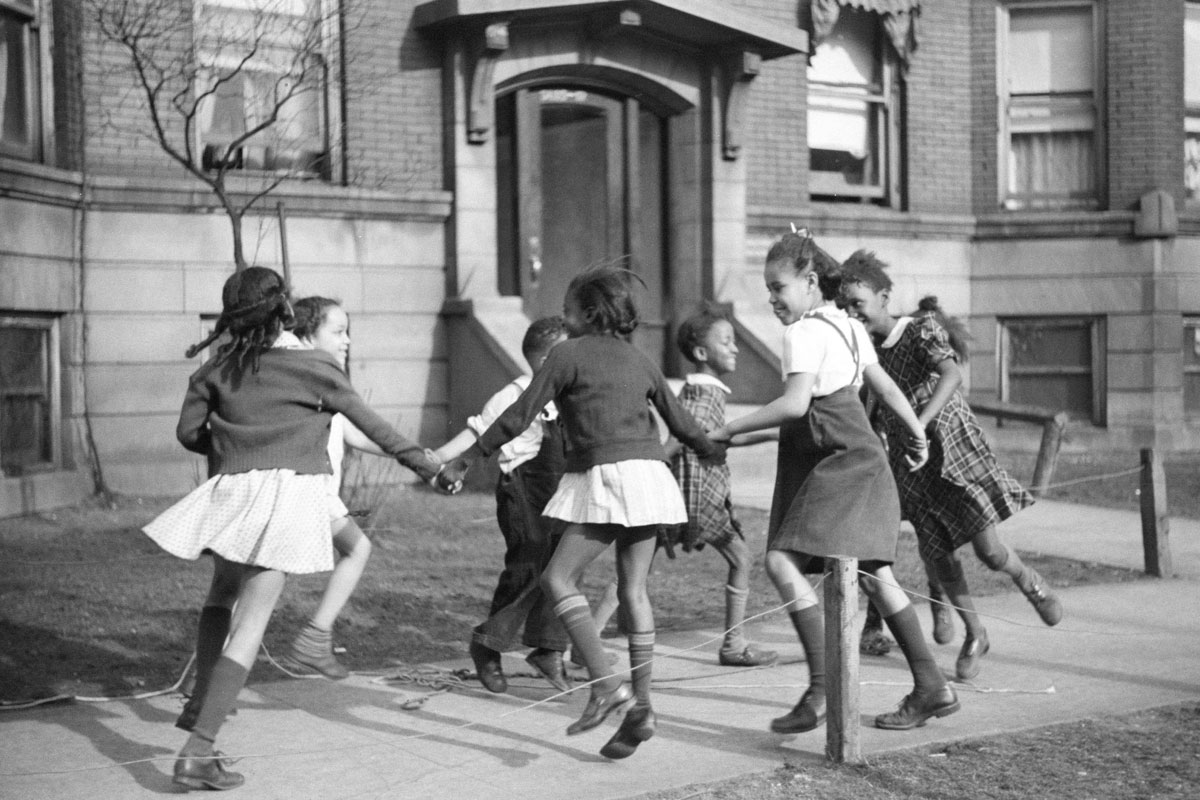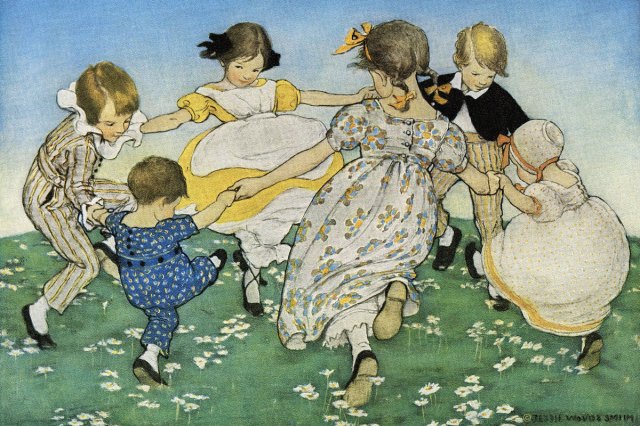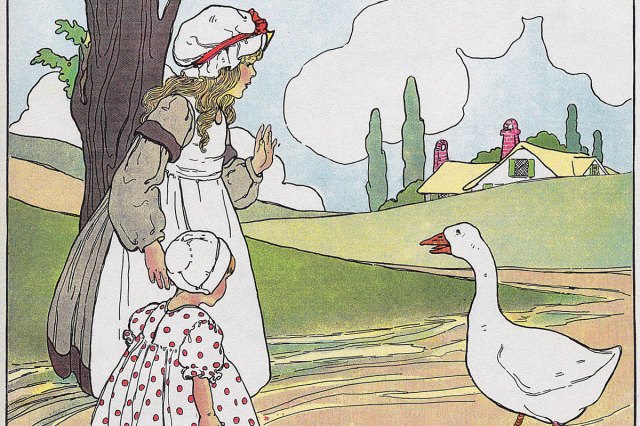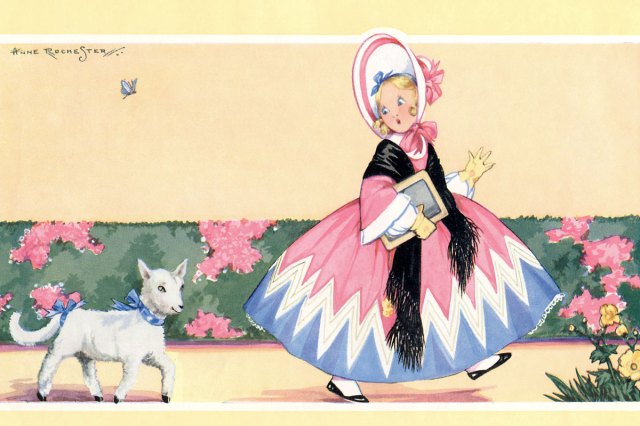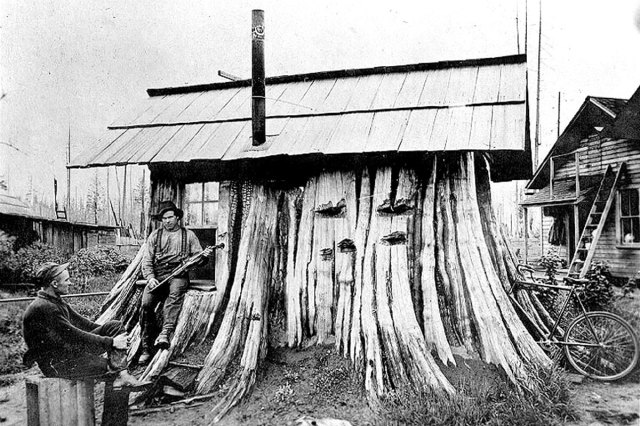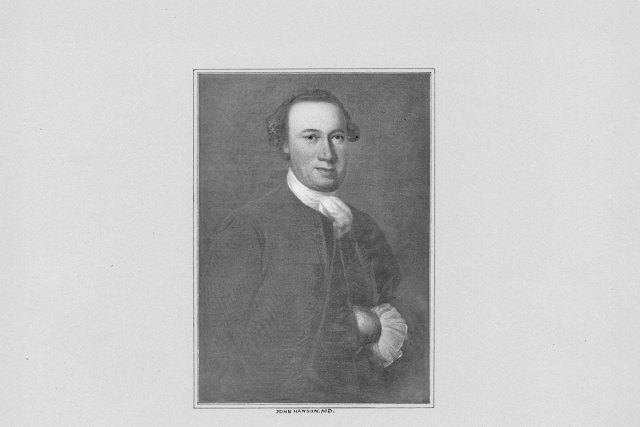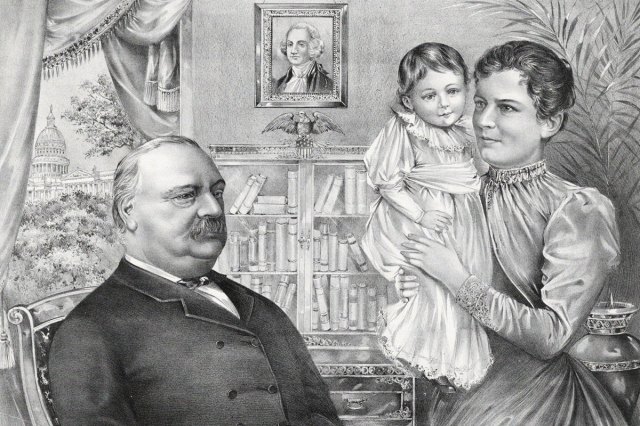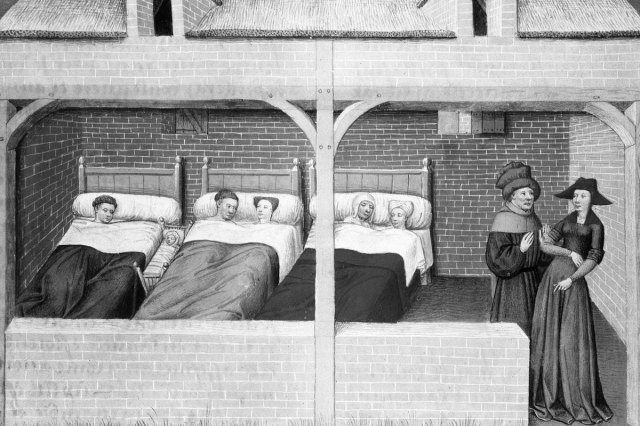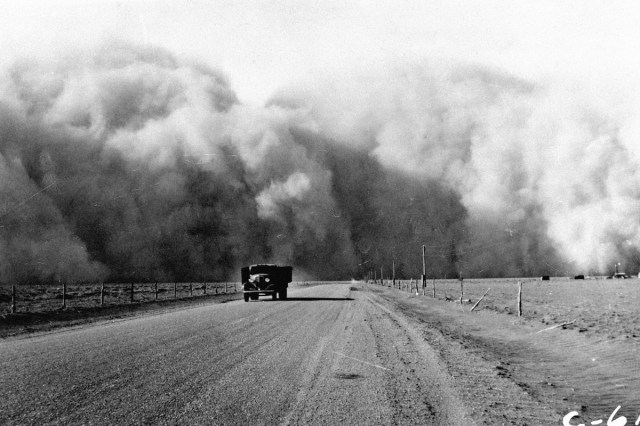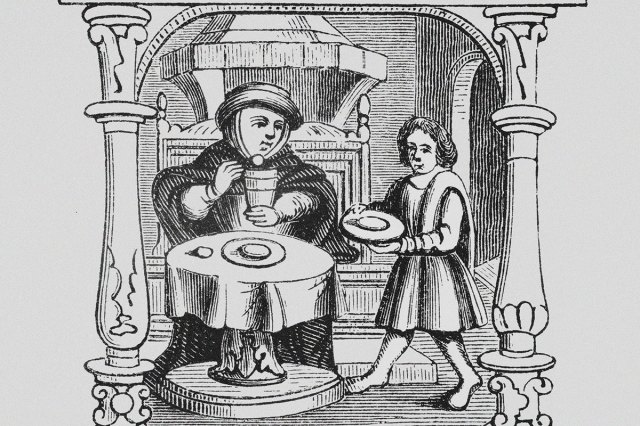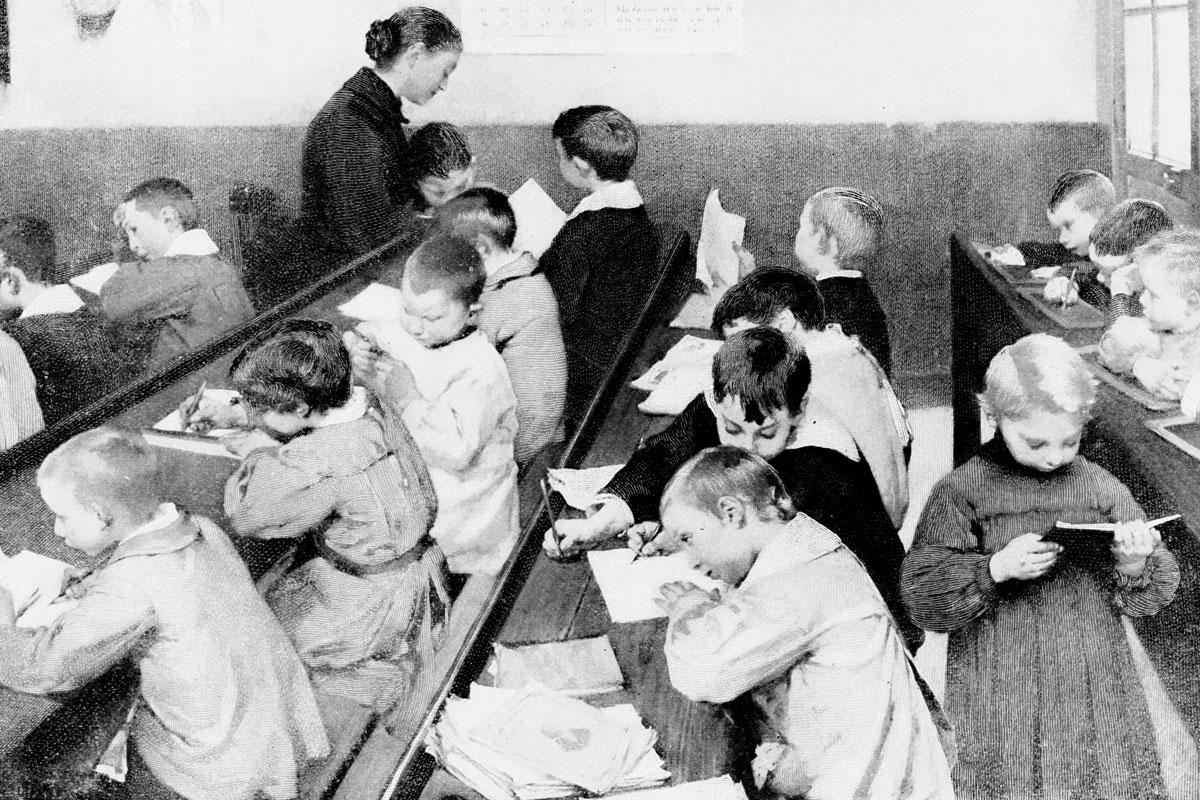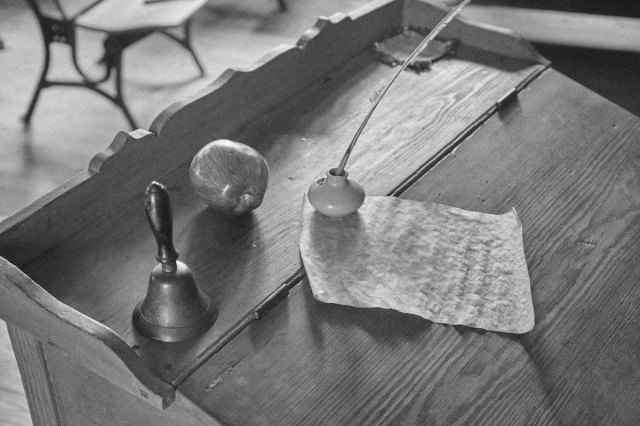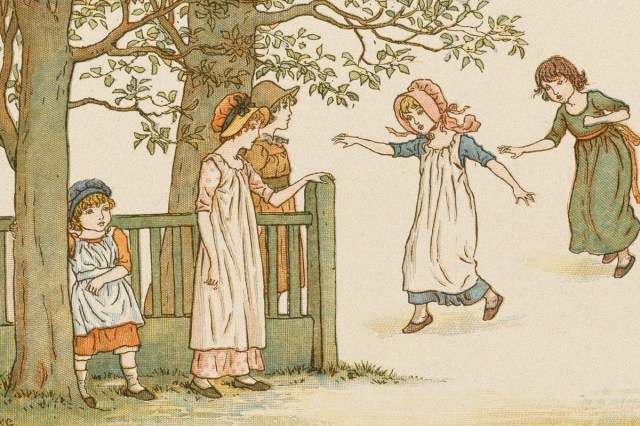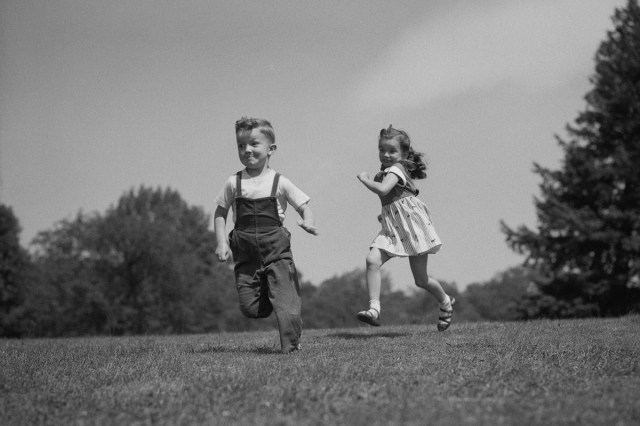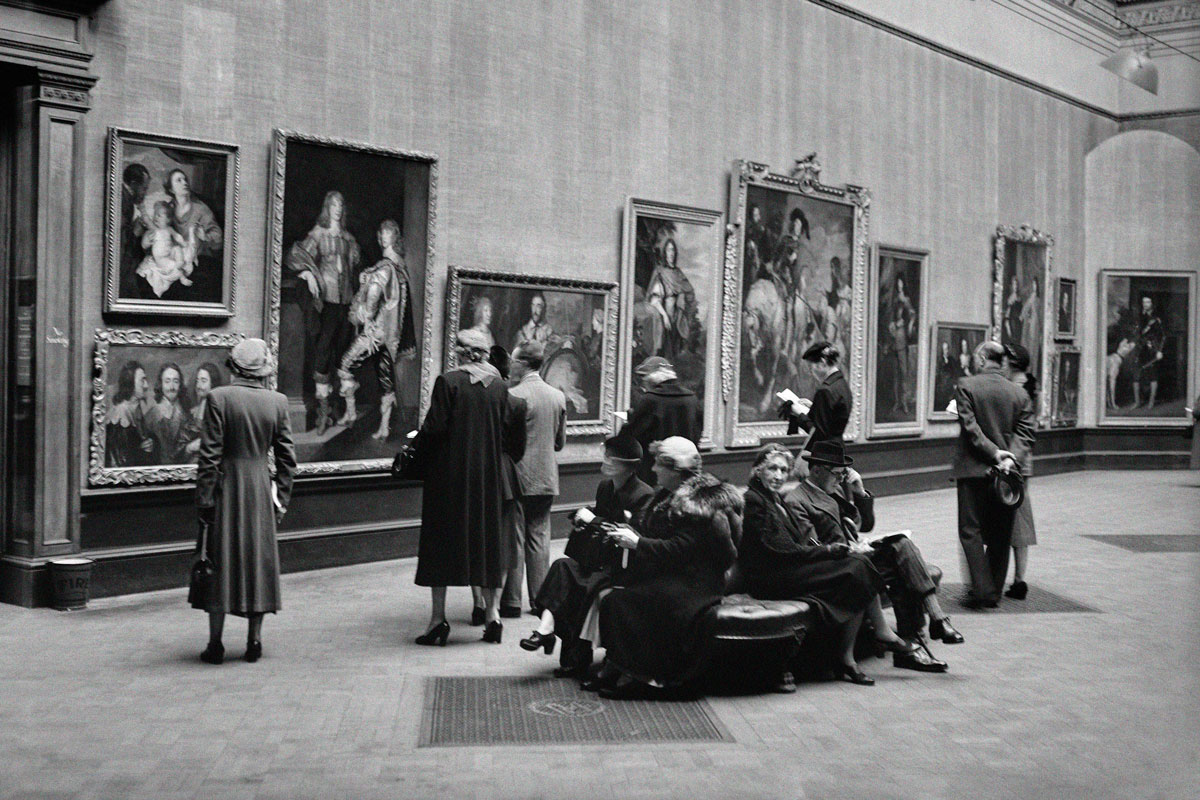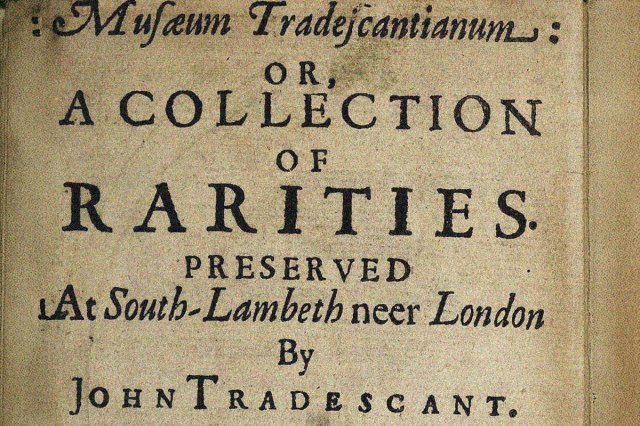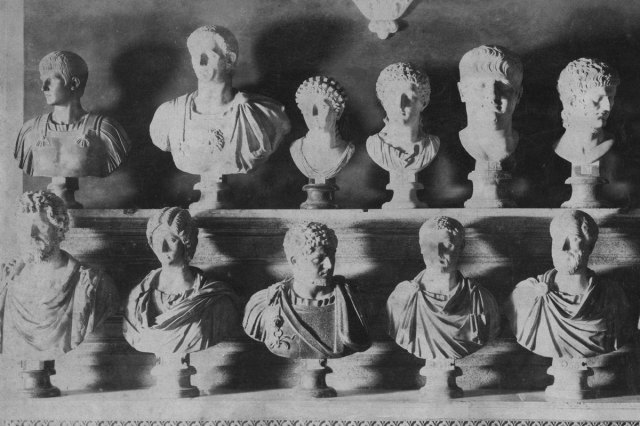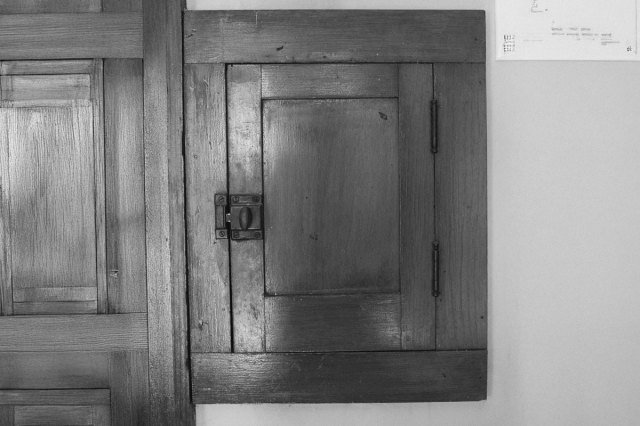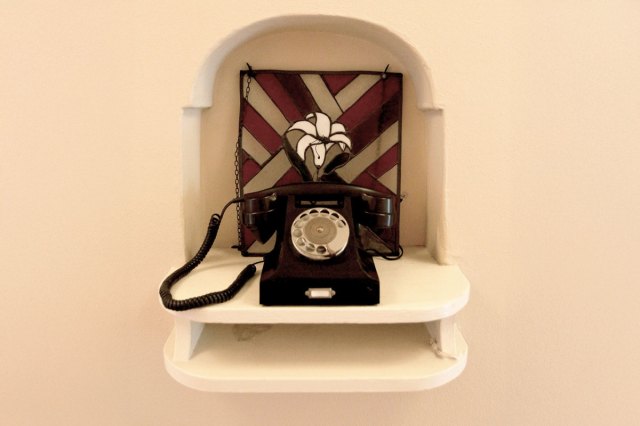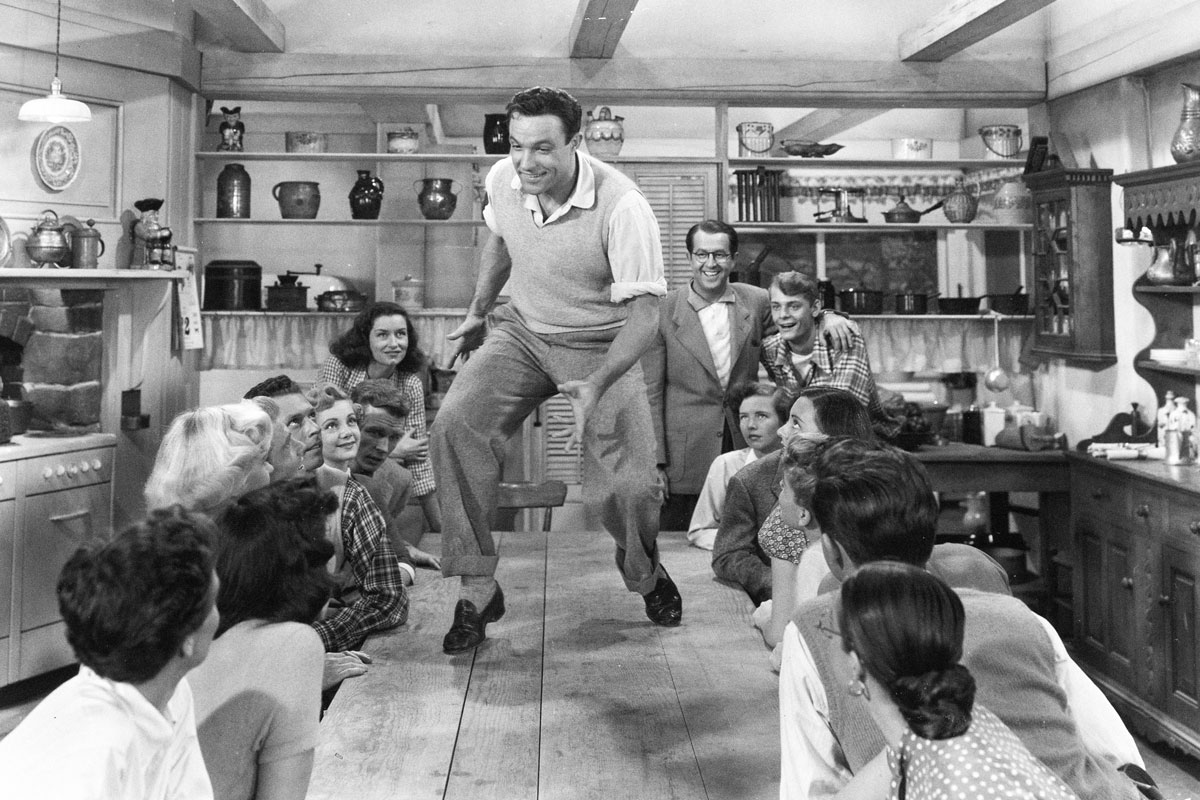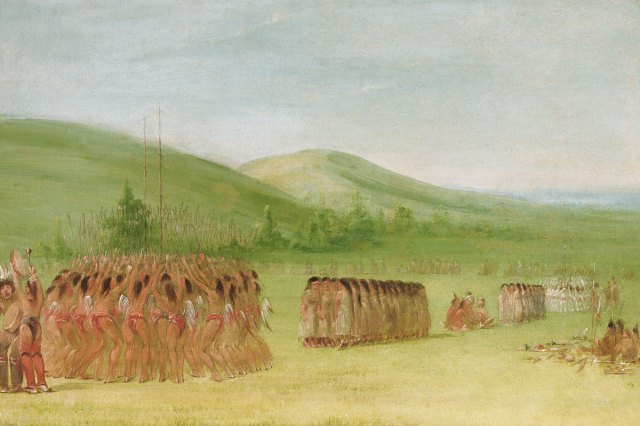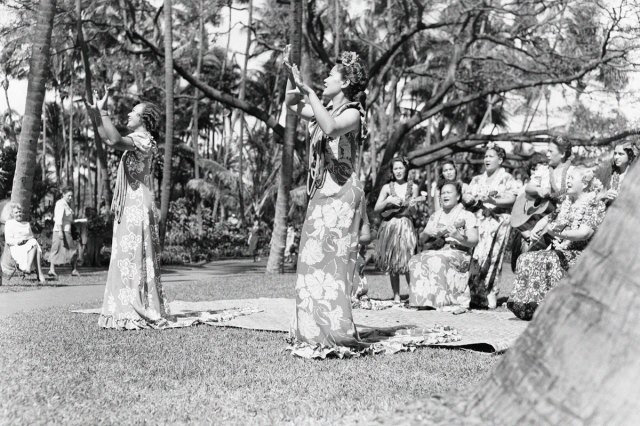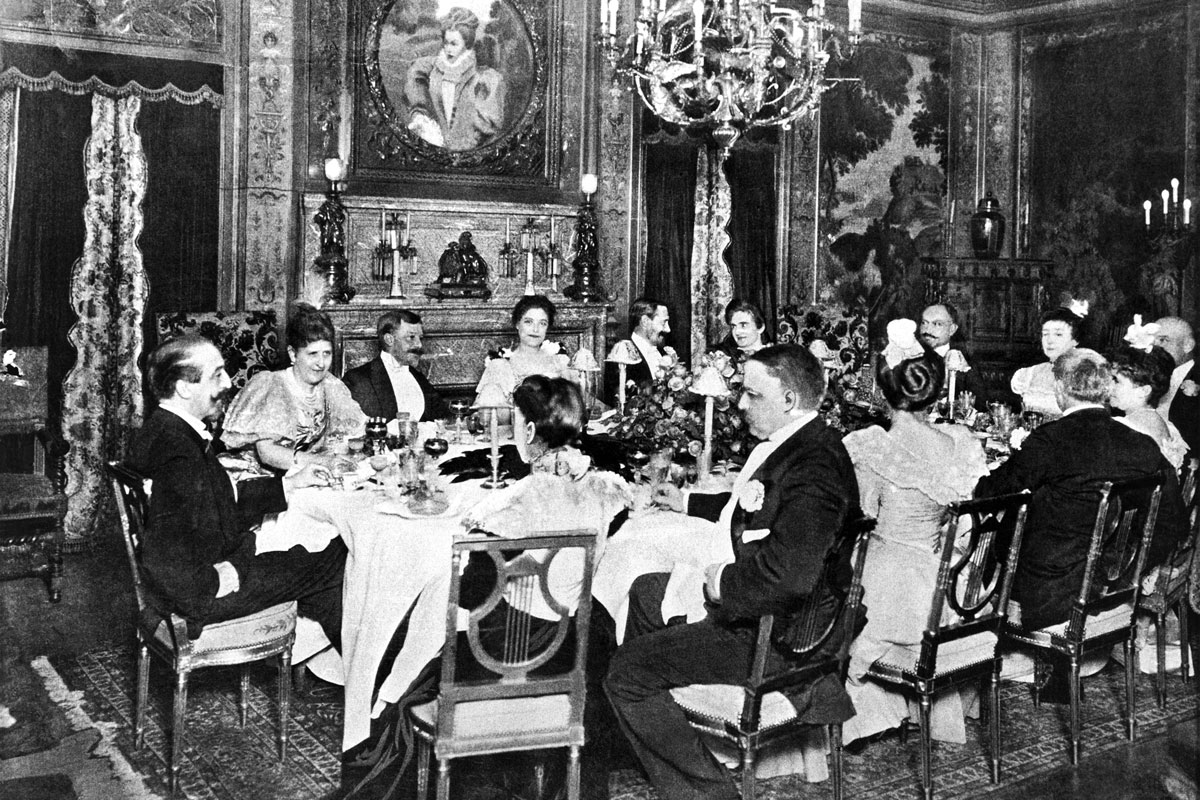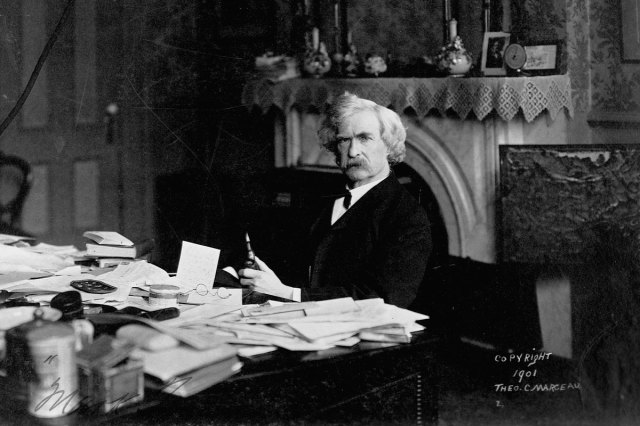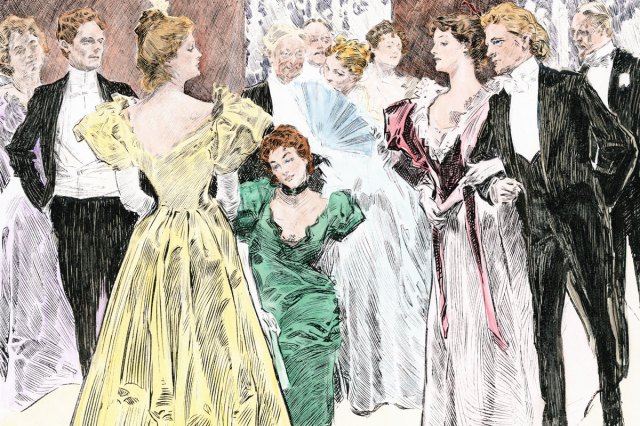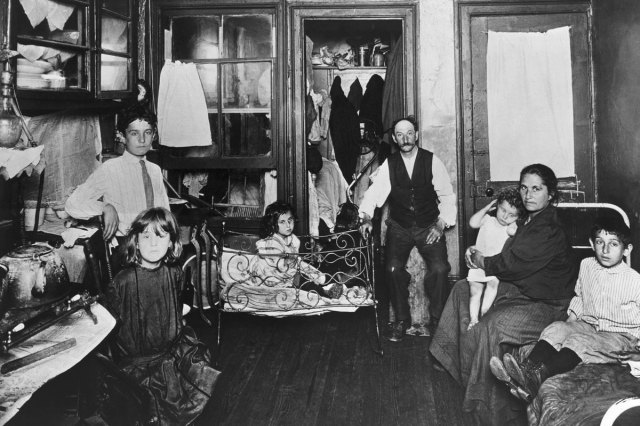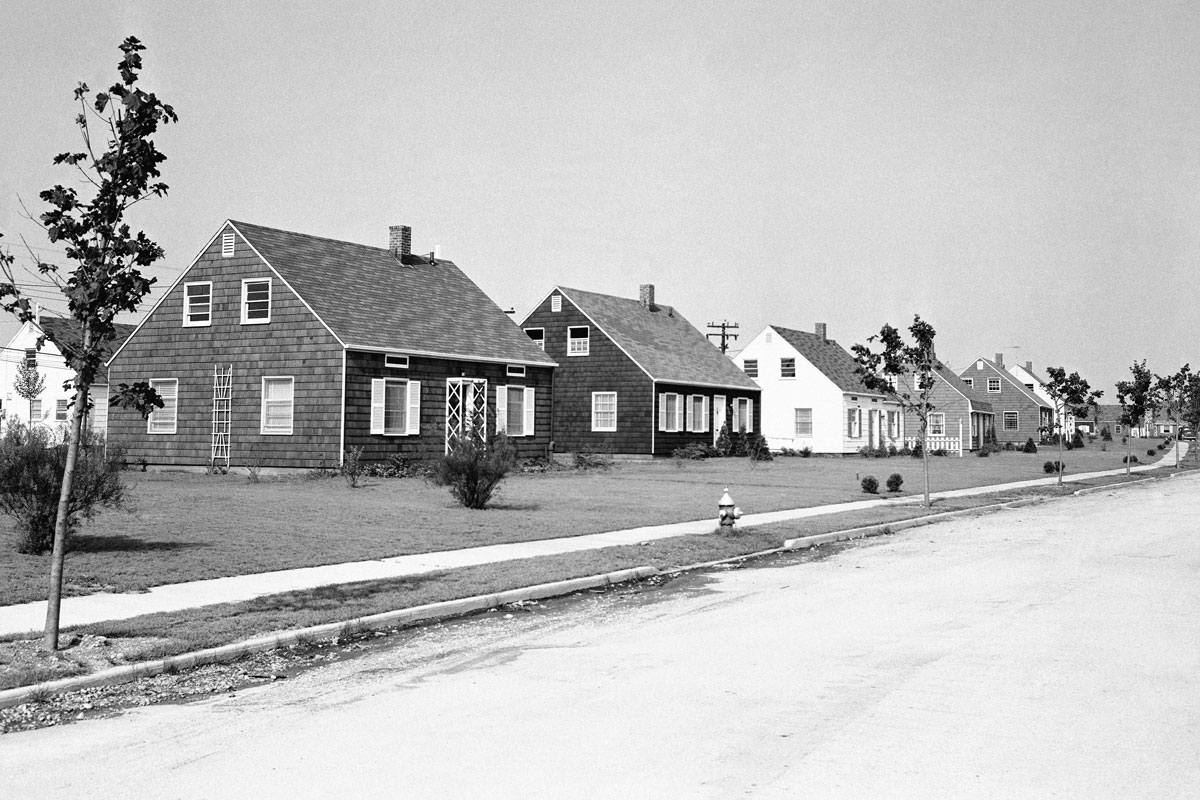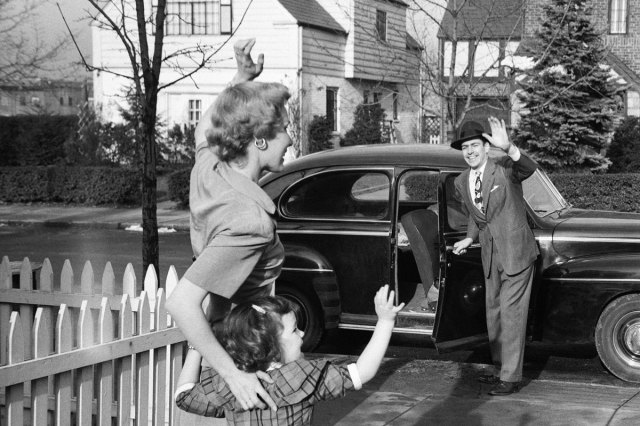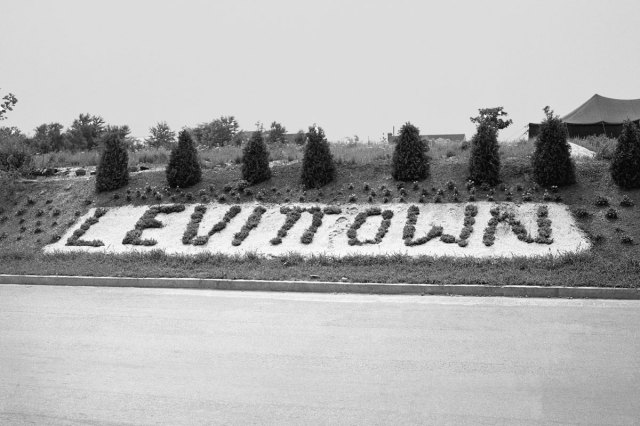The Hidden Origins of Famous Nursery Rhymes
The oral tradition of nursery rhymes goes back to at least the 13th century. But the golden age came in the 18th century, when many of the most famous verses emerged and became established in the colorful (and sometimes creepy) canon of classics we still hear today. While many of these rhymes seem, at first glance, like innocent childhood entertainment — simple, silly verses passed down through generations to delight young ears — they often have surprisingly complex backstories.
Despite being aimed at children, many classic nursery rhymes are far darker, and in some cases more subversive, than they may appear, touching on everything from medieval taxes to religious persecution. Here’s a look at the hidden origins of five famous nursery rhymes, revealing how even the most innocent-sounding verses can offer a fascinating window into the past.

“Baa, Baa, Black Sheep”
The earliest printed version of “Baa, Baa, Black Sheep” dates back to 1744, but the rhyme is likely much older than that. The words, which have barely changed over the centuries, appear to tell a simple story of wool being delivered to three different people: the master, the dame, and a little boy. Historians believe, however, that the nursery rhyme actually alludes to a medieval wool tax that existed in England from 1275 up to the 1500s. The tax demanded that wool producers deliver a third of their product to the king (the master), and a third to the church (the dame), leaving only a third for the farmer — a tax seen as entirely unfair at the time. The specific mention of a black sheep possibly adds another layer, as black wool was less valuable than white because it couldn’t be dyed.





